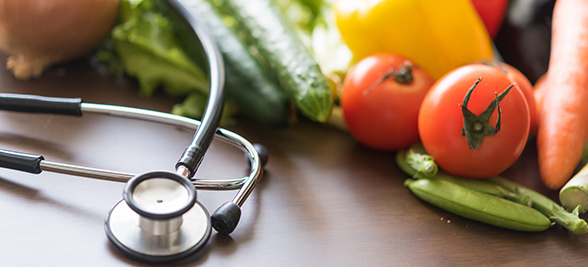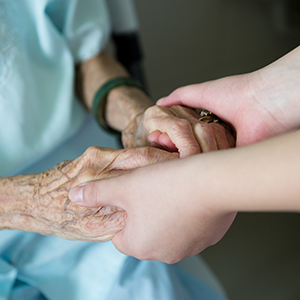Food insecurity is an issue plaguing America and has only increased since the beginning of the COVID-19 pandemic. According to the Nutrition Journal, nearly 15 percent of U.S. households—and almost 18 percent of households with children reported food insecurity early in the COVID-19 pandemic. Before the pandemic, approximately 11% of households reported food insecurity. These are the same people who were most likely already experiencing some degree of food insecurity and are now facing even more significant hardship since COVID-19.
Food Insecurity: What Case Managers Need to Know
Posted by Bushra Hassan, MBA, RD LDN on Apr 5, 2022 10:15:00 AM
Topics: Food Insecurity, Food Assistance Programs, Food Security Impact
Medically-Tailored Meals May Help Health Plans to Reduce Costs
Posted by John Siegel on Jun 25, 2020 11:15:00 AM
Topics: Home Delivered Meals, Heart Disease, Healthcare Cost Reduction, Food Insecurity, Older Adults, Medicare Advantage
Does your grandpa have the meal support he needs?
Posted by Maureen Garner, MS, RD, LD on May 26, 2017 9:46:06 AM
Topics: Senior Health, Food Insecurity, Healthy Meals for Seniors, Senior Health Plans, Senior Nutrition
Food insecurity in children is a significant problem in the United States. According to United States Department of Agriculture (USDA) estimates, 7.8 percent of American households with children were food insecure* in 2015 – a percentage that amounts to 3 million households that were unable to provide adequate, nutritious food for their children. Additionally, in 247,000 households, food security was characterized as very low, indicating periods of disrupted eating patterns and reduced food intake.
Topics: Child Nutrition, School Lunch, School Breakfast, Food Insecurity, National School Lunch Program (NSLP)
Does Food Security Impact Hospital Readmissions?
Posted by Maureen Garner, MS, RD, LD on Apr 20, 2016 9:59:59 AM

Food Security (or Insecurity) Defined!
Topics: Malnutrition in Elderly, Senior Health, Healthcare Cost Reduction, Food Insecurity, Medicare, Food Security, Malnutrition, Medicaid
John Siegel is the VP of Business Development for GA Foods. He has extensive experience working with healthcare organizations to optimize benefits provided to their members. Contact John at 954-732-6886 or jsiegel@gafoods.com to learn how your organization may benefit by providing these well-received services.
It may seem unbelievable, considering the abundance of food in the U.S., but malnutrition is a very real problem among the elderly. It’s estimated that as many as one out of every four senior citizens suffers from poor nutrition. This can have a serious negative impact on health, from lowered immunity to slower wound healing and exacerbation of existing diseases. It can lead to loss of weight and muscle strength, making daily activities more difficult and increasing the likelihood of falls.
Topics: Malnutrition in Elderly, Home Delivered Meals, Chronic Disease Management, Senior Health, Food Insecurity, Food Security Impact
How Food Assistance Programs are Helping Food Insecure Seniors
Posted by Terry White on Dec 30, 2015 10:00:00 AM
Terry White is an Account Executive at GA Foods. Formerly he has served as Secretary for the Florida Department of Elder Affairs, Executive Director for the Area Agency on Aging for Southwest Florida, and Chief for the Division of Home & Community Based Services, Ohio Department of Aging. GA Foods is privileged to have a team member with extensive knowledge in services for seniors.
The number of adults reaching retirement age is expected to increase significantly over the next generation. In fact, the number of older adults could reach 80 million by 2040.
Topics: Food Assistance, Food Insecurity, Food Security Impact











